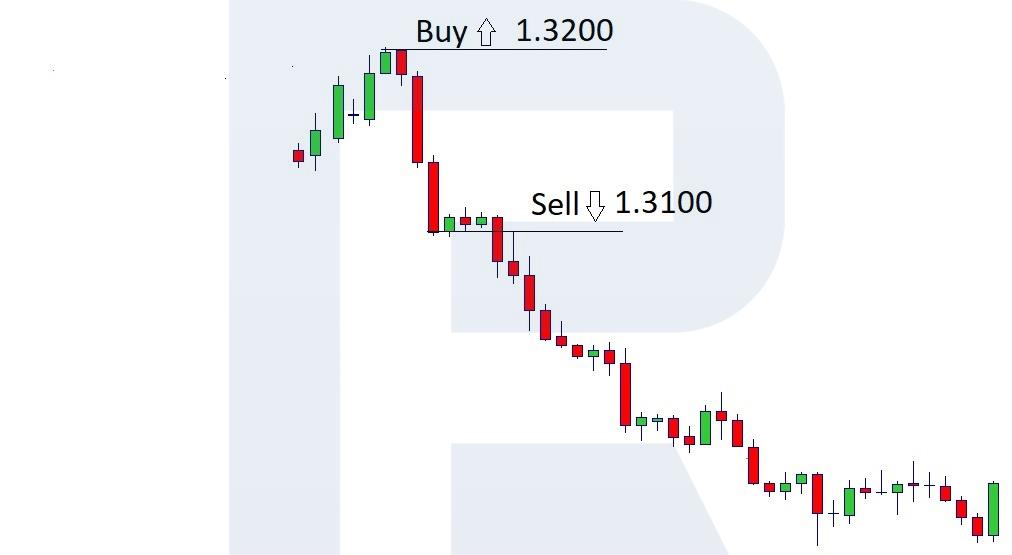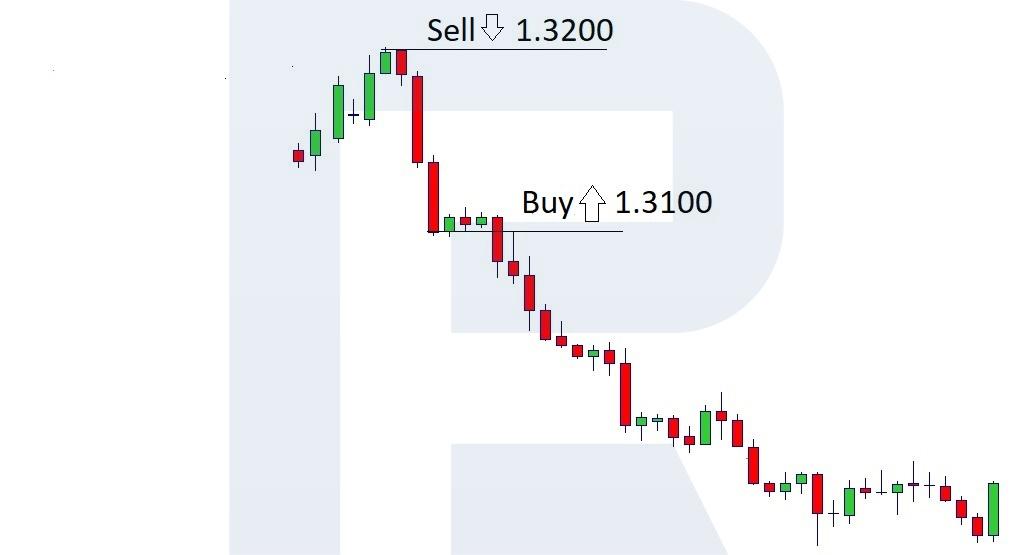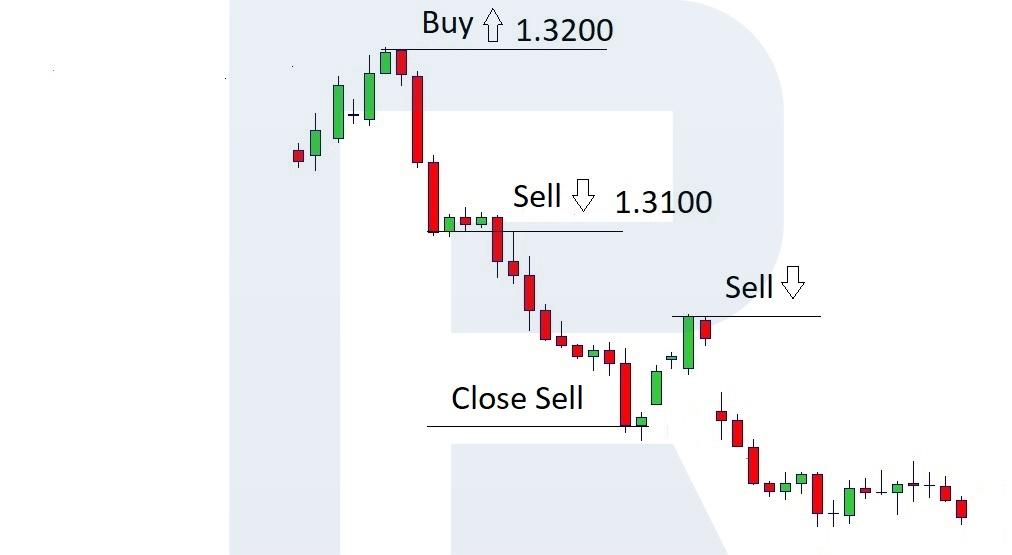Locking on Forex: Strategy Description

5 minutes for reading
A Lock is several positions open for one instrument in different directions on one trading account. We shall discuss it on the example of Forex, as long as on stock markets, in the USA specifically, locking one instrument is illegal; one can only hedge risks by other instruments (buy one, sell another). Locking is also possible with CFDs.
Locking on Forex has been used for quite a long time in a number of ways:
- Aas a trading strategy
- Instead of a Stop Loss
- In order to rescue a losing position.
Lock types
A lock can be negative or positive. Let us have a look at the examples of both
Negative lock
The trader opens a buying position on some instrument, ex. USD/CAD. Position size is1 lot. Some time later, the price falls, and the trader opens a reverse order with the same volume (in our example, a sell of the USD/CAD sized 1 lot). Then, if the price keeps declining, the sell order will yield profit, and the buy order — a loss, but the general losses will not grow, equalling to the difference between the two orders (for convenience, we are not taking into account swaps, commission fees, and the spread). For the convenience of calculations, again, let us imagine that the buy was at 1.3200, then, after the decline, the trader opened a sell order at 1.3100; the difference here is 100 points. Then, this value should remain unchanged regardless of the price movements, because a buy brings a loss, while the sell order yields profit (as said, above we do not take the swap into consideration here).

Positive Lock
In this case, the difference between the orders will be the profit. Let us change the previous example a little bit. The trader sold USD/CAD at the price of 1.3200; then the price started to decline reaching 1.3100 some time later, where the trader locked it by a buy order. As in the first example, the difference between the orders is 100 points, though in this case, those points are profit. Here, the trader is counting upon a correction, hoping to make a profit on it and thus, keeping the sell order.

I suppose that locking on Forex is applied in two cases:
- As a trading strategy or instead of a Stop Loss;
- In an attempt to save the deposit, when the losses become critical, and there emerges a possibility of forced closing of the positions by the broker (a Margin Call). As a rule, in such a situation the lock is placed emotionally; the trader hopes that later they calm down and find a way out; however, practice and history show that a way out is found very seldom. Most often, such actions simply postpone the margin call.
I am absolutely against locking both positively and negatively with the only exception being a thoroughly tested strategy that includes locks.
Now let us have a look at the variants of exiting the market from a negative lock. The exit may be successful only if there is enough money to trade on the account; if the trader is unable to open a trade, exiting from the lock with a profit becomes virtually impossible.
Anyway, the options of exiting the market from a locked position are numerous; let us have a look at some of them on the previous examples. We have a lock of -100 points; the volume of the open positions is 1 lot each (for now, we will not calculate the actual price).
- The first option is to close the positions fully, accepting the loss of -100 points, and to go on trading, keeping in mind the previous mistakes.
- The second option is to close the lock partially. In this case, the trader has to go on trading regardless of the instruments, keeping a close eye on the profit. Upon reaching a certain level of profit — for example, 10% of the lock — the trader may close 0.1 of the lot from the buy and sell positions. Then the actions are repeated as many times as required. I consider this type of exiting to be the safest.
- The third option is to unlock the lock in the places of supposed reversal and then, after a pullback, locking them back in order to ensure the remaining deposit. Let us imagine the price has reached a certain support level, and we are counting on a reversal or a correction (receiving signals from various trading strategies preferred by the trader). In this case, the sell is closed with a profit, the trader waits for a pullback and then, on the top of the correction, opens a sell again, closing a part of the buy order for the sum of the profit and thus reducing the lock.

Cons and pros of locks
Any trading strategy has its advantages and drawbacks, locking being no exception.
Pros of locking
Its pros would be:
- The possibility of hedging the positions on one trading account;
- Profitable if managed right;
- Suppositive rescue from a Stop Out;
- A chance to save some time for correcting the trader's mistakes.
Cons of locking
The cons of locking are:
- Freezing a part of the deposit;
- Long-term locking accumulates a negative swap (in the case the swap of the instrument is negative);
- Huge psychological pressure on the trader;
- A safe exit requires a large deposit.
Summary
The opinions on locking vary. Like any other trading strategy, locking has its advantages and drawbacks. However, I still insist that though locking may help a trader solve a complicated problem, but this requires a lot of experience and nerve. In most other cases, locking is an awful idea. Beginners better not get in such situations where locking is required. Again, yielding a substantial profit when locking requires substantial experience.







